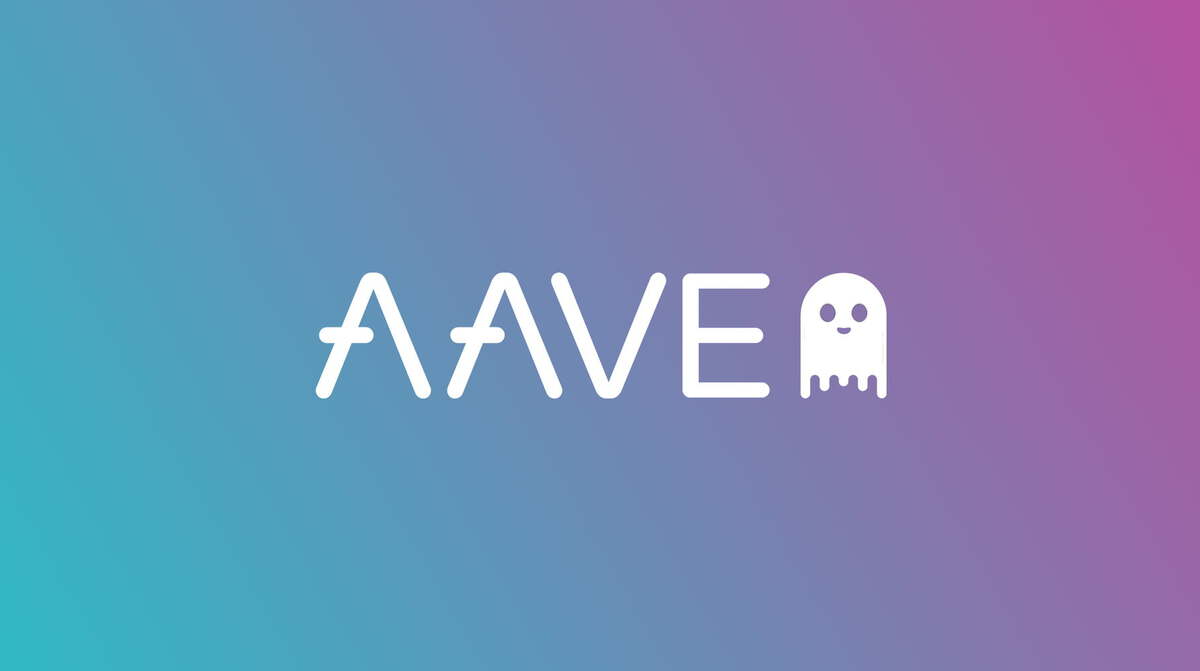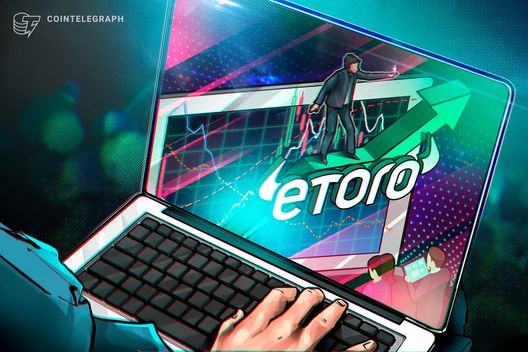ARTICLE AD BOX

- Aave DAO has officially voted with unanimous approval to enter phase 3 of its activation of Chainlink SVR.
- This next step will bring SVR oracle feeds to a broader range of Ethereum-based assets, including wstETH, cbETH, rsETH, osETH, ETHx, and rETH.
Smart Value Recapture (SVR) is a next-generation oracle feed developed by Chainlink, and it’s changing how DeFi protocols handle value.
Unlike traditional oracle systems that simply deliver price data, SVR is specifically designed to capture and redistribute Oracle-Extractable Value (OEV), that’s the hidden value often scooped up by block builders when critical events, like liquidations, are triggered by price updates in lending platforms such as Aave.
Chainlink recently posted on X that “Aave DAO has officially voted with unanimous approval to enter phase 3 of its activation of Chainlink SVR. Phase 3 expands Chainlink SVR’s coverage to ~75% of Aave’s total Ethereum TVS, which represents ~95% of Aave’s OEV-relevant TVS, based on historical data. ”
Chainlink noted that this broader rollout gives SVR an even greater opportunity to recapture Maximal Extractable Value (MEV) and channel it back into the Aave and Chainlink ecosystems, turning potential losses into shared gains.
Following the success of phases 1 and 2, the Aave DAO has officially voted with unanimous approval to enter phase 3 of its activation of Chainlink SVR.
Phase 3 expands Chainlink SVR's coverage to ~75% of Aave's total Ethereum TVS, which represents ~95% of Aave’s OEV-relevant… pic.twitter.com/1aq5UQr3s2
— Chainlink (@chainlink) June 27, 2025
The voting timeline behind this rollout was swift but methodical. As highlighted in our previous news article, the proposal was first introduced on June 23. Voting officially opened the next day, on June 24 at 4:53 PM, and closed three days later on June 27, with the outcome marked as “Passed.” The process was finalized just hours later, on June 28, wrapping up only a few hours after the vote closed.
Chainlink further stated that,
As part of Phase 3, SVR-activated markets now include all ETH-correlated assets like WETH, wstETH, weETH, cbETH, rETH, osETH, rsETH, ETHx, and USDC. Remaining assets will be considered in a follow-up vote due to their unique token mechanics or other considerations that require extra due diligence.
Phase 1 and Phase 2 Mechanics
Phase 1, which began in late 2024, marked the first on-chain activation of SVR, targeting BTC and ETH price feeds on Aave v3 deployed on the Ethereum mainnet. The assets included in this phase were wBTC, ETH, AAVE, and LINK, all high-liquidity, widely-used tokens.
This first step was intentionally conservative. As summarized in our earlier report, the primary objective was to validate the core mechanics of SVR, including the oracle’s reliability, the robustness of its fallback mechanism, and whether the price update logic could interact seamlessly with DeFi protocols like Aave without causing delays, false triggers, or missed liquidations.
Once these foundational elements were confirmed to be working as intended, Phase 2 was launched. This expanded SVR to Prime Pool assets, including stablecoins such as USDC, and further integrated ETH-based tokens with similar oracle dependencies. It also broadened the rollout beyond Ethereum by covering additional BTC/ETH-correlated tokens across Avalanche, a multichain test that added complexity and volume.
This phase was especially critical because it tested SVR’s performance in higher-value environments and under real-time stress conditions driven by volatile markets and cross-chain liquidity flows. The result of these first two phases was a consistent demonstration that SVR could not only capture Oracle-Extractable Value efficiently but also redistribute it in a non-disruptive and protocol-aligned way, all while maintaining system safety.
.png)
 4 months ago
6
4 months ago
6








 English (US)
English (US)